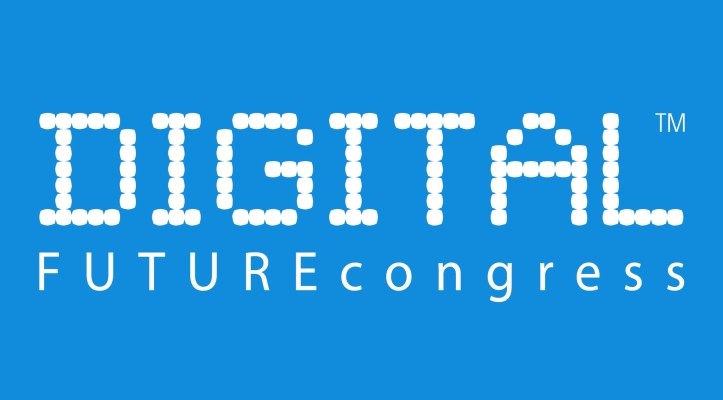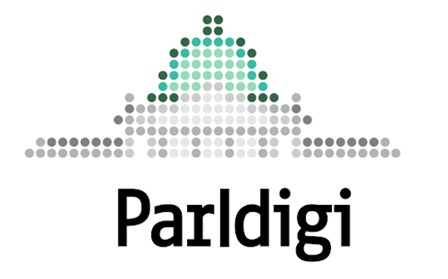Digital Experimentation 7 Principles – That Impacts CX, Technology and Your Bottom-line
Author: Ricardo Saltz GulkoQuelle: eglobalis.com
Customer Experience can be challenging unless you have the right resonation with customers, users, and employees. Experience design and business transformation initiatives can require time, effort, and finances. Those initiatives also require the right change management and a communication campaign to obtain acceptance, adoption, and the right tuning with stakeholders. When this is achieved, your customer engagement, retention, adoption, and renewals will grow – along your bottom line.
It’s not always easy to transform an organization that’s not yet ‘’customer-centric’’ but has an initial desire to transform. Often, the organization’s understanding of what’s required can differ from the amount of time, planning, tools, and execution effort that’s actually needed. Sometimes it’s not straightforward or easy to change behaviors in your company, but it is possible.
How could we use experimentation to test the right way to develop an experience prior to creating one that won’t resonate with customers? Is it possible to test all our initial approaches for products, services, and cross-silos with employees, partners, and customers? Here is where agile, design thinking has a potential role.
For digital experiences and tech products in general, experimentation can be one-way of making things work, since it’s all about validating hypotheses prior to advancing down the wrong path, to ensure things are worth the effort. There are several ways to pursue experimentation. The way we use has worked well for large and mid-sized organizations and could be applied to smaller companies.
There are many practical forms for digital experience experimentation. Here are seven of the principles:
1. Don’t emulate the best
What works for me, won’t necessarily work for you, and vice versa. Every company has a different DNA. What worked for Amazon, Samsung, SAP, or Microsoft worked for them due to their culture, strategies, leadership, design, talent, and their mindset – which, in many cases, puts employees first and customers at their core.
Of course, you can study and analyze their approaches to certain things, such as how to develop a digital experience that is so well-defined it ensures that customers always return. However, emulation will lead your company to frustration and, potentially, failure.
Is your company engaging with customers at all touch points and on all social platforms? Many ‘’thought leaders’’ advise you to be where your customer is. However, in my opinion, you should focus on interacting with customers on the platforms and channels where you have the ability to be outstanding. Amazon, Apple, and Samsung, are not in all channels, but they deliver a decent experience in those few they choose to use. From the customer’s standpoint, it’s better to have an efficient experience. There are ways to experiment across channels using customer journeys. One experimentation method is to test your team’s ability to deliver a great experience while analyzing and designing your customer’s journey.
Experimentation is often used across channels for the development of apps, several technologies, enterprise software, and websites – to ensure something will generate adoption. It’s highly recommended to experiment prior to launching anything.
During experimentation and testing phases, these are 10 key focal points for customer adoption. I’ve extensively elaborated about them in the past:
- Design to generate adoption
- Customer perception
- Simplification works
- Embrace necessary complexity
- Analyze using data insights
- Design for an intuitive experience
- Unify data through journey mapping
- Experimentation isn’t a one-time project
- Measure experimentation results
- Community and customers can help
Brands are in control of designing their customer experiences. Go the extra mile via deep experimentation to ensure successful outcomes.





























































































































